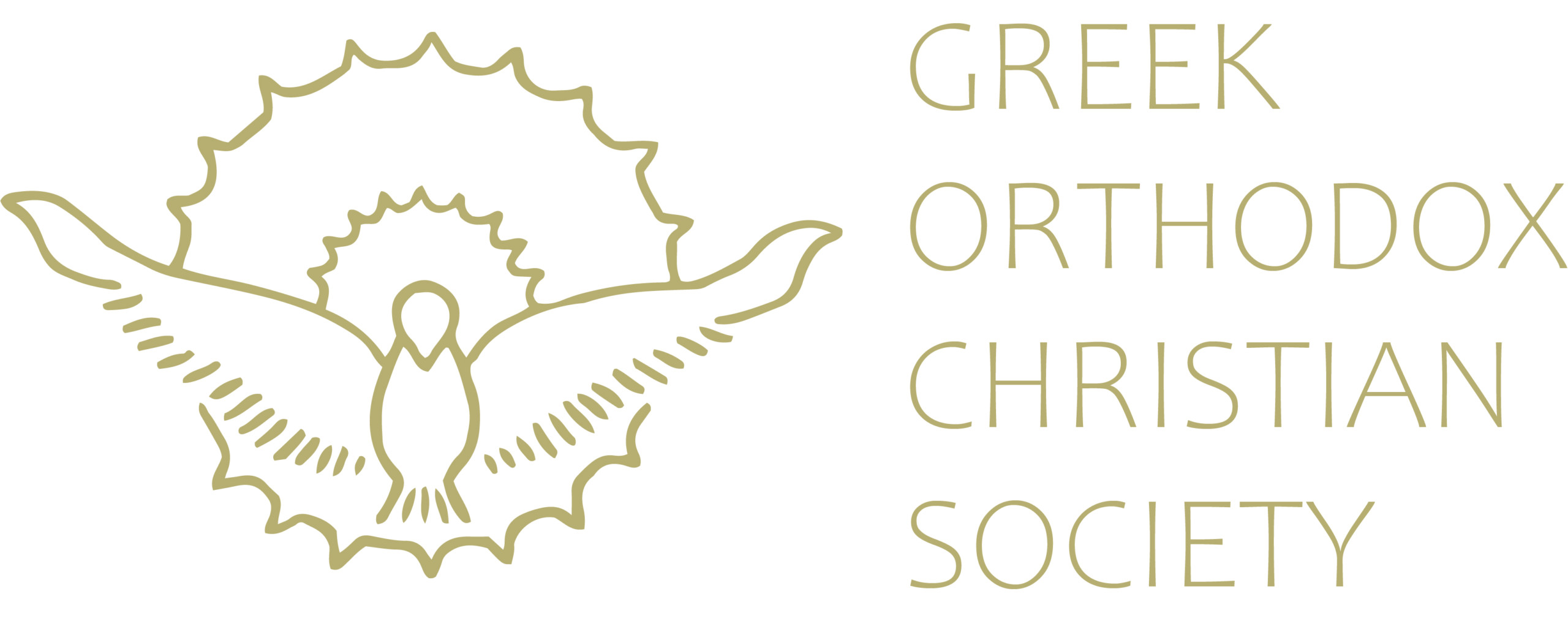St Athanasius on the Manner of Death of our Lord
“On the Incarnation”, St Athanasius’ seminal work, explores Christ’s humanity and considers many aspects of His mission on earth. Chapter 4 is titled “The Death of Christ”, and seeks chiefly to answer questions about the manner of Christ’s death and to affirm its theological significance.
St Athanasius links Christ’s death to the rest of His missionary work, claiming in truth that by His death, “no less than by His other acts, Christ is revealed as God and Son of God”. All creation stood still, witnessed and reacted to Christ’s death as if acknowledging its Master. The very act of being raised up on the Cross was evangelical in nature. It revealed to man the deep humility of the Lord and showed the ultimate example of Christ’s humanity. This body that was born of a virgin was susceptible to mortal death. It was not a supernatural body that was nailed to the cross.
According to St Athanasius, the “supreme object of His
Christ’s dishonourable and undignified death was marvellously paradoxical. St Athanasius points to the manner of His death (a criminal’s death) because it became the “glorious moment of death’s defeat”. This form of death was meant to attract ridicule. The Cross has since become a symbol of strength and, Christ’s humility as he hung from it, a sign of God’s limitless love.
Source: April-May 2015 Lychnos Edition
